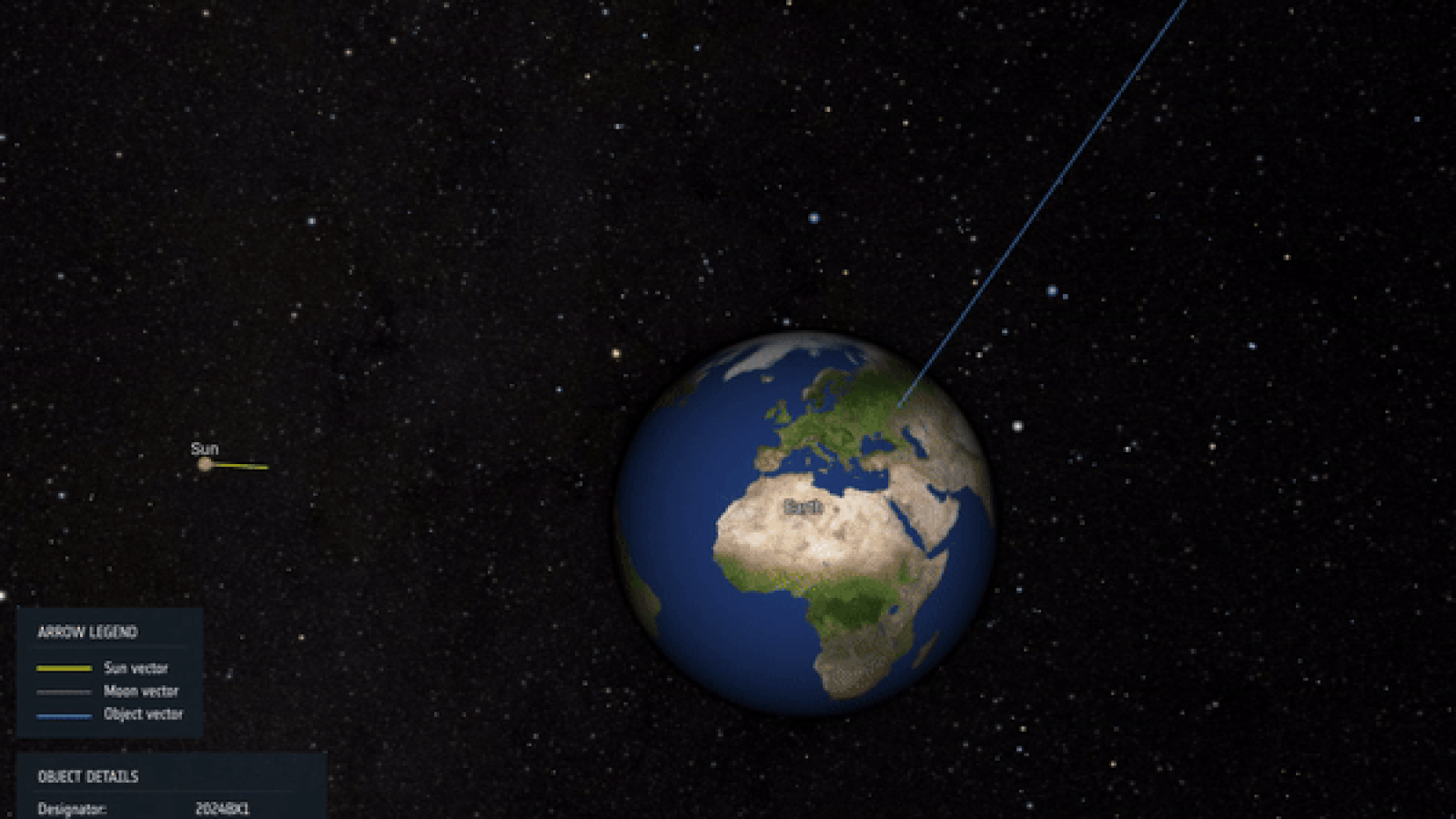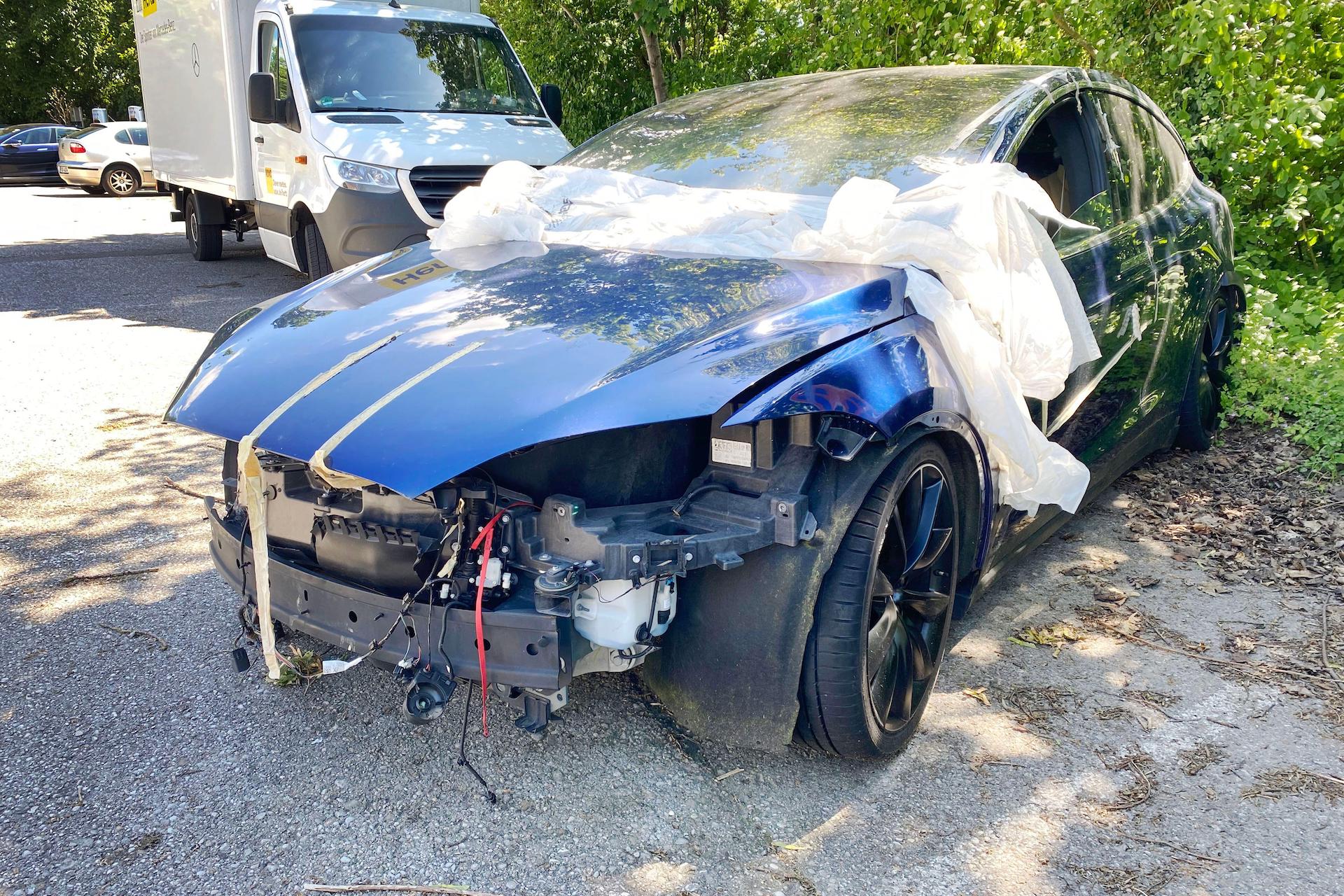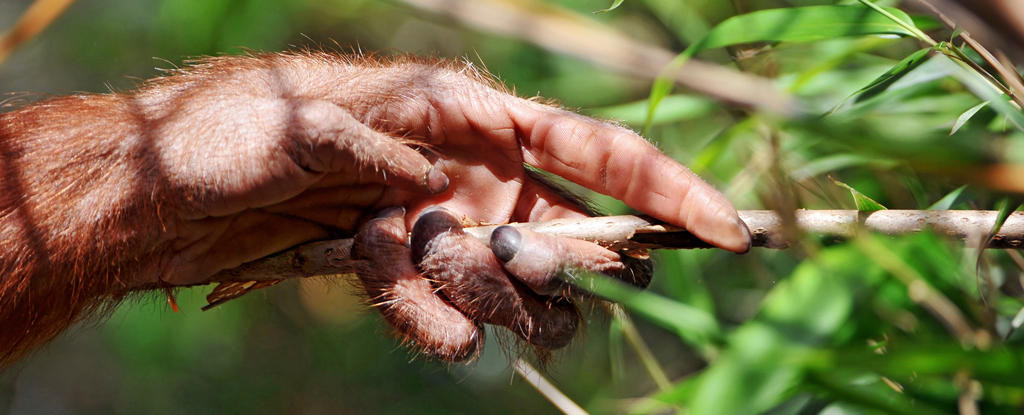Agriculture, Vol. 13, Pages 513: Different Responses to Adventitious Rhizogenesis under Indole-3-Butyric Acid and Seaweed Extracts in Ornamental’s Cuttings: First Results in Photinia x fraseri ‘Red Robin’
Agriculture doi: 10.3390/agriculture13030513
Authors: Danilo Loconsole Anna Elisa Sdao Giuseppe Cristiano Barbara De Lucia
Fraser’s photinia ‘Red Robin’ (Photinia x fraseri Dress, Rosaceae family) is an important primary ornamental landscaping species with optimal hedge or screen effects and low maintenance, but it is difficult to root when propagated by cuttings, although high concentrations of phytohormones are used to optimize rhizogenesis. To our knowledge, there is currently no feasible enhanced method for photinia vegetative propagation through stem cuttings, using seaweed extract-based biostimulants as root promoters. Given the economic importance of the species, this research aims to assess the effects of indole-3-butyric acid (IBA) and seaweed extract-based stimulators on the quality of photinia ‘Red Robin’ cuttings, in terms of rooting indicators and ground and aboveground agronomic features. The treatments applied were different concentrations of commercial rooting stimulators compared to an untreated control: C0: distilled water; Rhizopon AA: 1% IBA (R1); Kelpak®: 2 mL L−1 (K2); Kelpak®: 3 mL L−1 (K3); Goteo®: 2 mL L−1 (G2); Goteo®: 3 mL L−1 (G3). The first results showed different responses to adventitious rhizogenesis under IBA and both seaweed extract treatments. At 70 DAC (days after cutting), the seaweed extract stimulated the production of over 80% of cuttings with callus; at 240 DAC, the percentage of rooted cuttings treated under R1 was the highest = 34.3%; the worst results were obtained by both biostimulant treatments at the highest doses: K3 = 21.3% and G3 = 20.7%. Furthermore, R1 produced 3.07 roots per cutting, which was 50% higher than the average of all other treatments. The applications of Kelpak® and Goteo® biostimulants, at both concentrations, resulted in an inhibition of root length with values below the untreated control. Rooted cuttings under R1 showed the highest ground (0.35 g) and aboveground (0.47) dry value. Neither seaweed extract, Kelpak® or Goteo®, at different concentrations, improved both the ground and above-ground weights of rooted cutting, compared to the untreated control, indicating that these natural products are not suitable for Fraser’s photinia ‘Red Robin’ propagation using this methodology. The overall quality of cuttings in IBA treatment was the strongest, with 1%, being the optimum concentration. Further research must be conducted to propose effective agronomic protocols by investigating application methods, doses and number of applications, and to clarify the biochemical and molecular mechanisms of action of these seaweed extracts.

 1 year ago
22
1 year ago
22


